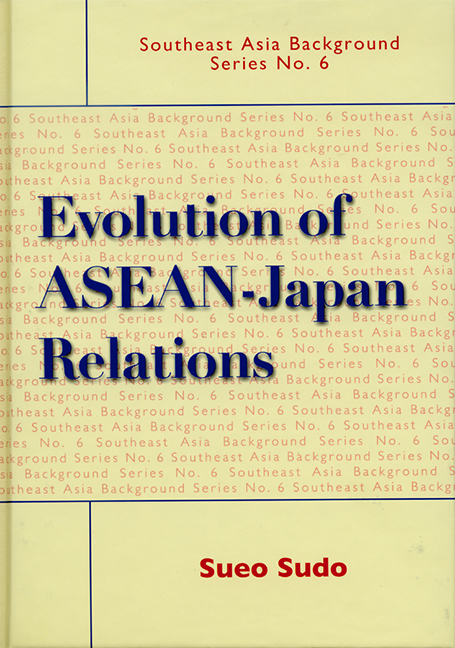Introduction
Published online by Cambridge University Press: 21 October 2015
Summary
Known to the Japanese as Nanyo (Southern Sea), Southeast Asia was historically regarded as a resource-rich and relatively developed area. It was because of these geo-economic factors that many Japanese traders and merchants as well as female labourers peacefully crossed the South China Sea. During the Meiji Restoration from the 1860s to the early 20th century, however, a modern Japan began to pursue another course by vigorously engaging in an expanded foreign policy under the slogan “Rich Nation, Strong Army”. Thus, Japan, a latecomer to colonialism, sought to enter the international system through a series of wars and occupations of foreign territories such as Taiwan, Korea, Manchuria, and much of Southeast Asia. As an extension of its expansionist foreign policy, many Japanese unrealistically believed that an Imperial Japan would be able to reign over the entire Asian region; that is, they held the illusory hope for a Greater East Asian Co-Prosperity Sphere.
Once bitterly colonized and exploited, Southeast Asia has become an integral part of Japan's foreign policy again, albeit peacefully, and Japan's relationships with the region loom increasingly large today. As Table 1 below amply suggests, Southeast Asia-Japan economic relations have developed remarkably since 1967. From initial war reparations payments of US$1.5 billion between 1955 and 1977, Japan's economic relations with Southeast Asia grew to US$1.7 billion in aid, US$4.2 billion in investment and US$108.8 billion in trade 2002. Similarly, Southeast Asia approaches Japan as an important source for development and a viable regional partner. Although contentious interpretations of the asymmetrical relationship still remain, the Association of Southeast Asian Nations (ASEAN) and Japan could play a crucial role in forging a stable and prosperous East Asia. How has that unique relationship developed over time? What are the problems and obstacles to be tackled in order to further improve relations? Most importantly, where might ASEAN-Japan relations be heading?
- Type
- Chapter
- Information
- Evolution of ASEAN-Japan Relations , pp. 1 - 4Publisher: ISEAS–Yusof Ishak InstitutePrint publication year: 2005

